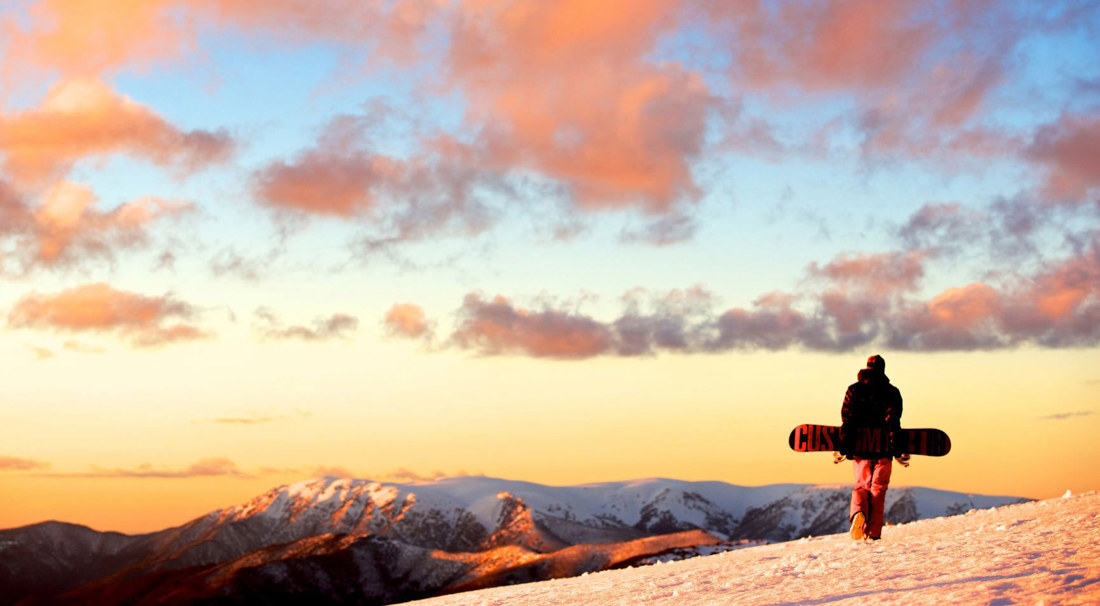Find Out the Best Times of Year to Experience Snow In Australia Firsthand
Find Out the Best Times of Year to Experience Snow In Australia Firsthand
Blog Article
Discover the Remarkable Impacts of Snow in Australia on Regional Ecosystems
Regardless of its track record for sun-soaked landscapes, Australia likewise boasts regions blanketed by snow-- a sensation that greatly affects the nation's one-of-a-kind ecosystems. The shielding properties of snowflakes secure plants and fauna amidst the chilliest winters, while the melting snow supports rivers and water life. However, the real wonder lies in just how these wintry problems form the country's biodiversity and nutrient cycles. As we untangle this detailed connection, we find ourselves walking on unexplored grounds in Australia's high country.
The Unanticipated Areas of Snowfall in Australia
Although Australia is frequently related to sun-scorched landscapes and sandy coastlines, specific regions remarkably experience snowfall. The high nation areas of New South Wales, Victoria, and Tasmania are especially known for their winter season snow. The Snowy Mountains in NSW, for instance, get bountiful seasonal snow, using a raw contrast to the nation's normal warm, dry environment. The Victorian Alps and components of Tasmania additionally see yearly snowfalls, changing the landscape into a wintertime heaven. These locations are not just abnormalities yet indispensable components of Australia's varied climate system. The presence of snow in these regions dramatically affects local communities, ultimately impacting the nation's special biodiversity. The details influence on Australia's distinct vegetation will be talked about in the next area.

Exactly How Snow Impacts Australia's One-of-a-kind Plants
These plants have actually developed to endure in severe conditions, with snow serving as a safety blanket from severe winds and freezing temperature levels. The snow also contributes to the dampness content of the dirt, supplying required hydration for plant life throughout the dry summer season months. In significance, the snow influences the timing of flowering and seed dispersal, the development prices, and the survival of numerous plant types, showcasing the elaborate interaction in between climate and flora in Australia.

The Adaptations of Australian Fauna to Snowfall
Simply as Australia's flora has actually adjusted to the wintery problems, the local animals too, display exceptional adjustments to the snowfall. It uses the snow as insulation, hibernating in rock holes below the snow to remain cozy. The Snow Skink, a species of reptile, transforms its colour to white during winter season, supplying camouflage versus killers.
The Role of Snow fit Regional Ecosystems
Fit the neighborhood communities, the duty of snow in Australia is both multilayered and extensive. It affects the distribution of find more info flora why not look here and fauna, mainly defining the biodiversity of sub-alpine and towering areas. Snow gives a vital water resource, feeding rivers and storage tanks as it thaws, thus supporting a range of aquatic life forms. Furthermore, snow works as an insulator, safeguarding ground-dwelling microorganisms from extreme cold. It plays a substantial role in soil formation and nutrient cycling. The periodic cold and thawing of dirt induced by snowfall fosters the breakdown of rocks, boosting dirt fertility. Consequently, the presence of snow shapes the plants patterns, animal actions, and general sustainability of Australia's distinct ecosystems. Does Australia Get Snow.

The Future of Snowfall in Australia: Predictions and Effects

Offered the crucial duty snow plays in forming neighborhood ecosystems, the future of snowfall in Australia is drawing raising interest from ecologists and researchers. Existing environment designs predict a significant reduction in snowfall as a result of international warming, with possibly profound effect on local communities. Much less snow might lead to lowered water schedule in alpine regions, negatively influencing wild animals environments and plant life. It could change the timing of seasonal modifications, interfering with the life cycles of lots of native varieties. The tourism market, greatly dependent on the winter months snow period, may likewise encounter considerable challenges. Therefore, comprehending these predictions and their implications is important to develop reliable preservation strategies, guaranteeing the preservation of Australia's special biodiversity and the sustainability of its economic situation.
Conclusion
The duty of snow in Australia's ecosystems is essential yet often ignored. It serves as a guard, a nurturer, and a shaper of varied alpine varieties, contributing to the richness of Australia's high country. As weather patterns remain to shift, comprehending the implications and prospective transformations of these snow-influenced ecological communities is crucial. Hence, the snow in Australia is much more than an all-natural spectacle; it's a crucial player in the country's environmental story.
In spite of its credibility for sun-soaked landscapes, Australia likewise boasts areas buried by snow-- a phenomenon that exceptionally influences the nation's special environments. It utilizes the snow as insulation, hibernating in rock gaps below the snow to stay cozy - Snow In Australia.In shaping the neighborhood ecological communities, the function of snow in Australia is both extensive and multilayered. The existence of snow forms the vegetation patterns, pet habits, and total sustainability of Australia's distinct ecosystems
Offered the important duty snow plays in forming Continued local environments, the future of snowfall in Australia is drawing enhancing focus from environmentalists and researchers.
Report this page